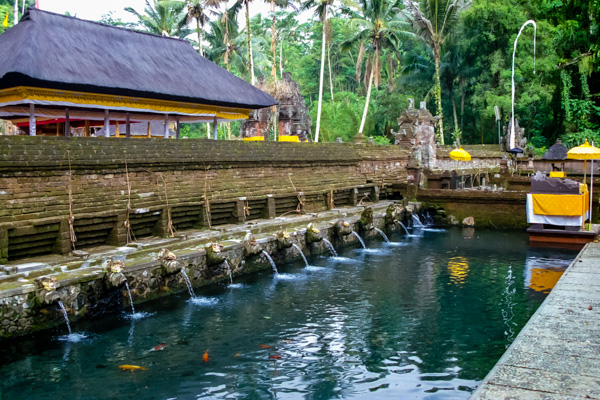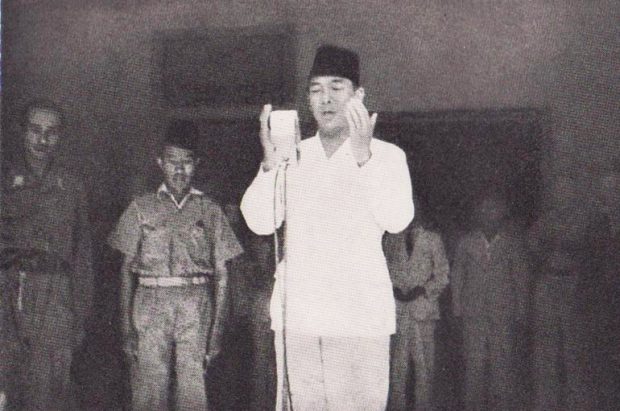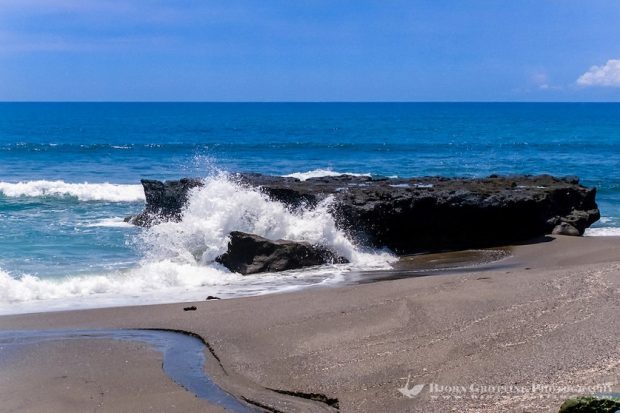Before European intrusions into the islands by Portuguese, Spanish, and Dutch seeking to monopolize the lucrative trade in spices and other marketable products, the more than 13,000 islands constituting the Republic of Indonesia were home to a diverse array of cultures and civilizations that had been influenced by HinduBuddhist ideas from India and by Islam, as well as indigenous beliefs.
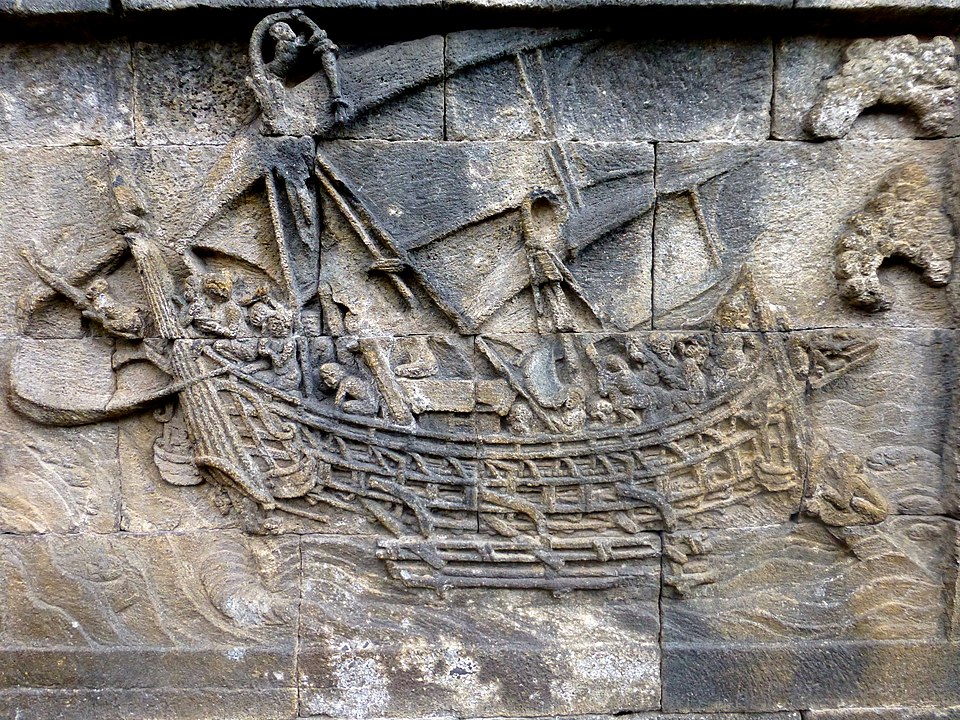
Although the Portuguese and Spanish presence in the archipelago had limited impact, the Dutch United East India Company (VOC, Verenigde Oost-Indische Compagnie) established a trading post on the north coast of Java–what later became known as Jakarta–seized control of the spice trade, and gradually asserted military and political control over the archipelago. This process of colonization was well advanced on Java by the mid-eighteenth century and largely completed in the rest of the archipelago by the first decade of the twentieth century.
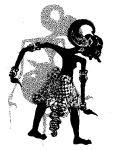
Under both the VOC and, after 1816, the Netherlands Indies government, Dutch policies served essentially economic goals, namely the exploitation of Indonesia’s rich endowment of natural resources. Indeed, during the mid-nineteenth century, the Cultivation System on Java–the forced growing of cash crops– brought the Netherlands considerable profits. At the same time, however, a cycle of poverty and overpopulation emerged among Java’s rural population. Modern scholars have debated the degree to which this cycle can be attributed to the Cultivation System. As a result of the cycle of poverty and overpopulation, by the beginning of the twentieth century, the Dutch government sought to improve the welfare of the people under what was known as the Ethical Policy. But, although education and welfare facilities were expanded, the Dutch did little to promote self-government and did not recognize the people’s aspirations for independence.
Indonesia was territorially a creation of Dutch imperialism: with the exception of Portuguese (East) Timor, it encompasses all the territories of the old Netherlands Indies. Intellectually, however, Indonesia was a creation of early twentieth century nationalists who sought cultural, linguistic, and social bases for national unity. Although deeply immersed in Javanese culture, Sukarno (1901-70), the most important pre-World War II nationalist and long-time president, envisioned a new republic reaching far beyond the Netherlands Indies–a Greater Indonesia–Indonesia Raya- -which would include northern Borneo and the Malay Peninsula.
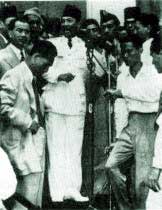
The Japanese occupation in the early 1940s shattered the Dutch colonial regime and opened up new opportunities for Indonesians to participate in politics, administration, and the military. Although Tokyo’s primary goal was exploitation of natural resources, especially oil, vitally necessary for the war effort in other parts of Asia, the Japanese tolerated political movements by Sukarno, Mohammad Hatta (1902-80), and others, especially on Java. With the cooperation of some Japanese military officers, Sukarno and Hatta declared Indonesia’s independence on August 17, 1945, two days after Japan’s surrender to the Allies. A revived Dutch administration, however, was determined to reimpose colonial control or as much colonial rule as they could manage. This not being possible, the Dutch sought to ensure that an independent Indonesia was regionally fragmented and maximally amenable to Dutch economic and other interests. This renewed oppression led the nationalists to wage a bitter war of independence–the National Revolution–between 1945 and 1949, which resulted in the shortlived federal Republic of the United States of Indonesia (RUSI) in 1950.
The new state faced ethnic, religious, and social divisions throughout the archipelago. Early 1950s’ practices of parliamentary democracy ended with Sukarno’s adoption of Guided Democracy in the 1959-65 period
. Sukarno had a vast mass following, but his power base rested on the support of two antagonistic groups: the Armed Forces of the Republic of Indonesia (ABRI) and the Indonesian Communist Party (PKI). What has been officially described as a PKI attempted coup d’état on September 30, 1965, resulted in Sukarno’s displacement from power, a massacre of PKI supporters on Java and other islands, and the rise of General Suharto to supreme power.
Suharto’s New Order regime placed ABRI firmly in control of Indonesia’s political system and, to an extent, its economy as well. Friendly ties were restored with Western countries and Japan, and Indonesia accepted large amounts of Western and Japanese aid and private investment. Under rational economic planning policies, the country experienced orderly development and increases in the standard of living for most of the population
. But Suharto’s strong anticommunism and insistence on using the Pancasila* as the ideological foundation of all groups in society contributed to a tightly controlled, centralized system. The regime’s occupations of West New Guinea (which became Indonesia’s Irian Jaya Province) and East Timor (which became Timor Timur Province) were a focus of international criticism, stemming from charges of human rights violations. Reelected repeatedly to the presidency, Suharto was regarded by many observers as indispensable to the system’s stability and continuity.
*Pancasila
The state philosophy based on five interrelated principles: belief in one supreme God; just and civilized humanitarianism; nationalism as expressed in the unity of Indonesia; popular sovereignty arrived at through deliberation and representation or consultative democracy; and social justice for all the Indonesian people. The Pancasila was announced by Sukarno on June 1, 1945. From Sanskrit: panca (five) and sila (principle).
Data as of November 1992

